Intel Ivy Bridge vs AMD Trinity head-to-head review
We compare the design, performance, business features, availability and price to see which chipset you should invest in.

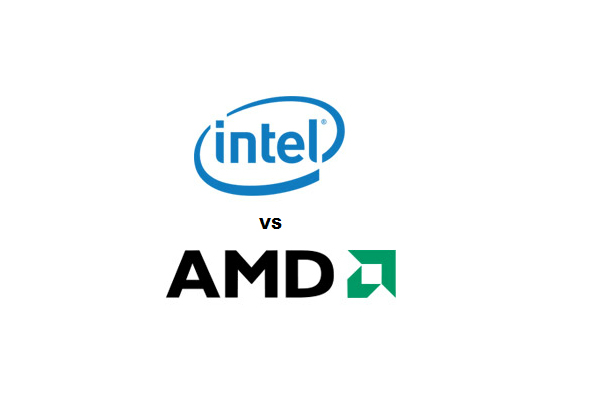
Intel Ivy Bridge vs AMD Trinity
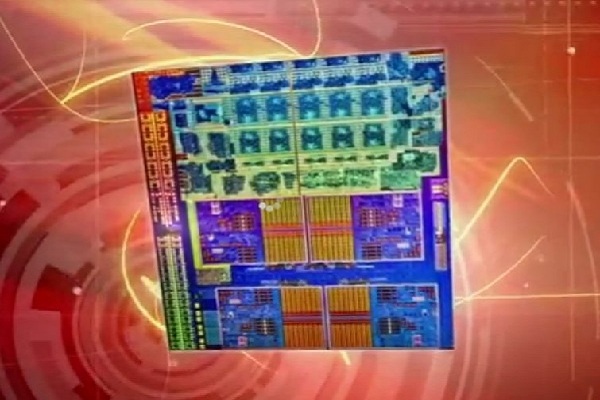
AMD Trinity
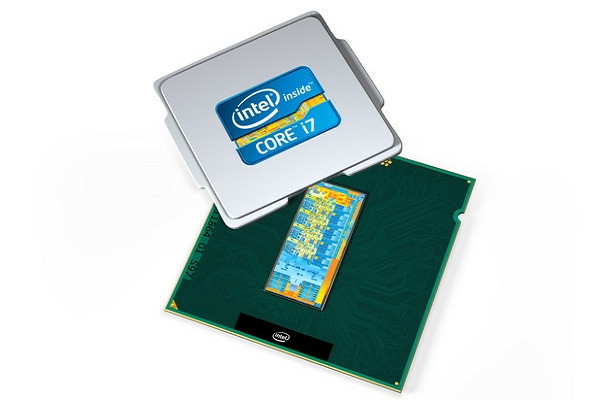
Intel Ivy Bridge
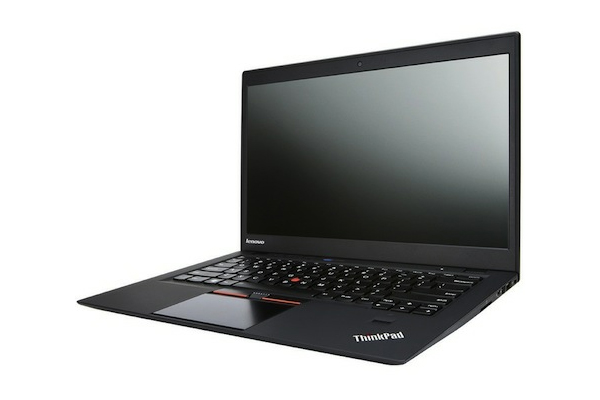
Lenovo ThinkPad X1 Carbon
The decline of desktop PCs and the emergence of laptops and tablets has led to Intel and AMD serving up chipsets geared towards mobile devices. With portable devices such as laptops and tablets being deployed in business environments, IT managers and employees have more choice than ever and buying device decisions are increasingly difficult.
IT Pro puts the latest offerings from Intel and AMD head-to-head to see which chipset is worth investing in.
Design
Both Ivy Bridge and Trinity are incremental upgrades. Ivy Bridge is the successor to Intel's Sandy Bridge architecture and is a "tick" upgrade in the firm's cycle. AMD's Trinity is also a tweaked version of last year's Llano and Brazos.
Architecturally, AMD's Trinity chips are more innovative out of the two. Rather than wheeling out a traditional processor, AMD's chips use a format the firm has been working on since its acquisition of graphics firm ATI back in 2005: the Accelerated Processing Unit or APU.
The idea is to strap a full-fat graphics processing unit to a proper processor. Intel has done this for a while, attaching its integrated graphics cores to its processors, but these units have been capable of handling little more than Windows applications and are not ideal for those working with graphic intensive programs.

AMD has taken a unique approach with its APU design and the result is a more balanced system
AMD is packaging full-scale Radeon graphics cores inside its chips or more precisely Radeon HD 7000-series graphics chips with a maximum of 384 stream processors. The chips inside APUs can hook up with discrete cards in Hybrid Crossfire mode, and they all support DirectX 11 and Shader Model 5 - the same standards supported by top-end discrete cards.
Get the ITPro daily newsletter
Sign up today and you will receive a free copy of our Future Focus 2025 report - the leading guidance on AI, cybersecurity and other IT challenges as per 700+ senior executives
This combination finds a balance between processing and graphical power, and Trinity ups the ante when compared to older AMD APUs.
Trinity chips have 1.3 billion transistors in place - almost two million more than the older chips - and there's support for faster 1,600MHz memory. The chips can now be dual or quad core, and Trinity parts come with TDPs of either 17W, 25W or 35W, which makes AMD's roster of parts ideal for use in everything from low-power business ultraportables to more powerful workstation machines.
Mike Jennings has worked as a technology journalist for more than a decade and has been fascinated by computers since childhood, when he spent far too long building terrible websites. He loves desktop PCs, components, laptops and anything to do with the latest hardware.
Mike worked as a staff writer at PC Pro magazine in London for seven years, and during that time wrote for a variety of other tech titles, including Custom PC, Micro Mart and Computer Shopper. Since 2013, he’s been a freelance tech writer, and writes regularly for titles like Wired, TechRadar, Stuff, TechSpot, IT Pro, TrustedReviews and TechAdvisor. He still loves tech and covers everything from the latest business hardware and software to high-end gaming gear, and you’ll find him on plenty of sites writing reviews, features and guides on a vast range of topics.
You can email Mike at mike@mike-jennings.net, or find him on Twitter at @mikejjennings
-
 AI is helping bad bots take over the internet
AI is helping bad bots take over the internetNews Automated bot traffic has surpassed human activity for the first time in a decade, according to Imperva
By Bobby Hellard
-
 Two years on from its Series B round, Hack the Box is targeting further growth
Two years on from its Series B round, Hack the Box is targeting further growthNews Hack the Box has grown significantly in the last two years, and it shows no signs of slowing down
By Ross Kelly
-
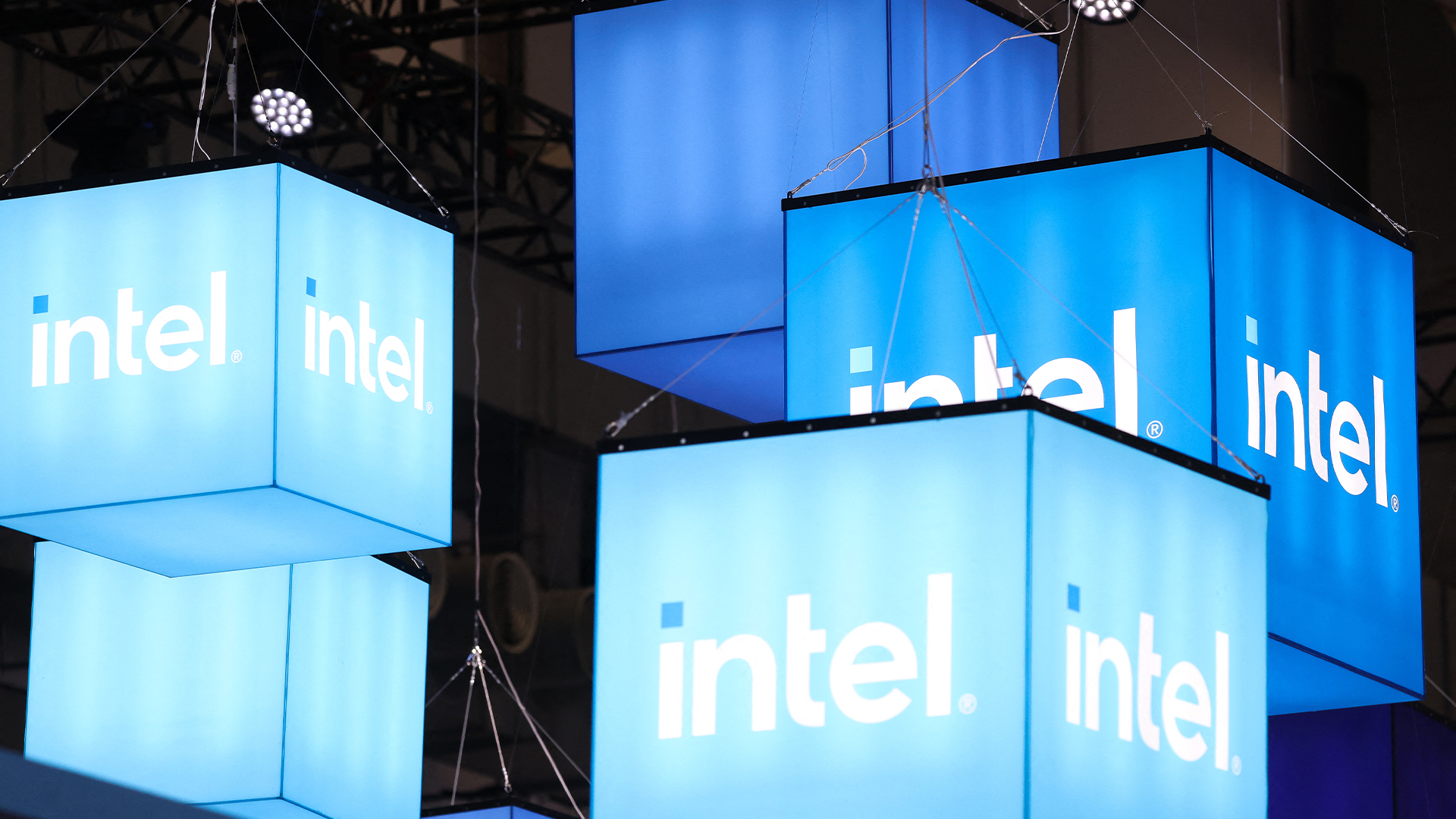 The gloves are off at Intel as new CEO plots major strategy shift
The gloves are off at Intel as new CEO plots major strategy shiftNews Intel’s incoming CEO has some big plans for the firm’s business strategy, sources familiar with the matter have told Reuters, with more job cuts looming on the horizon.
By George Fitzmaurice
-
 Why the CPU you chose is the key to Windows 11
Why the CPU you chose is the key to Windows 11The end of Windows 10 is on the horizon – it’s time to upgrade to an fTPM-protected processor
By Bobby Hellard
-
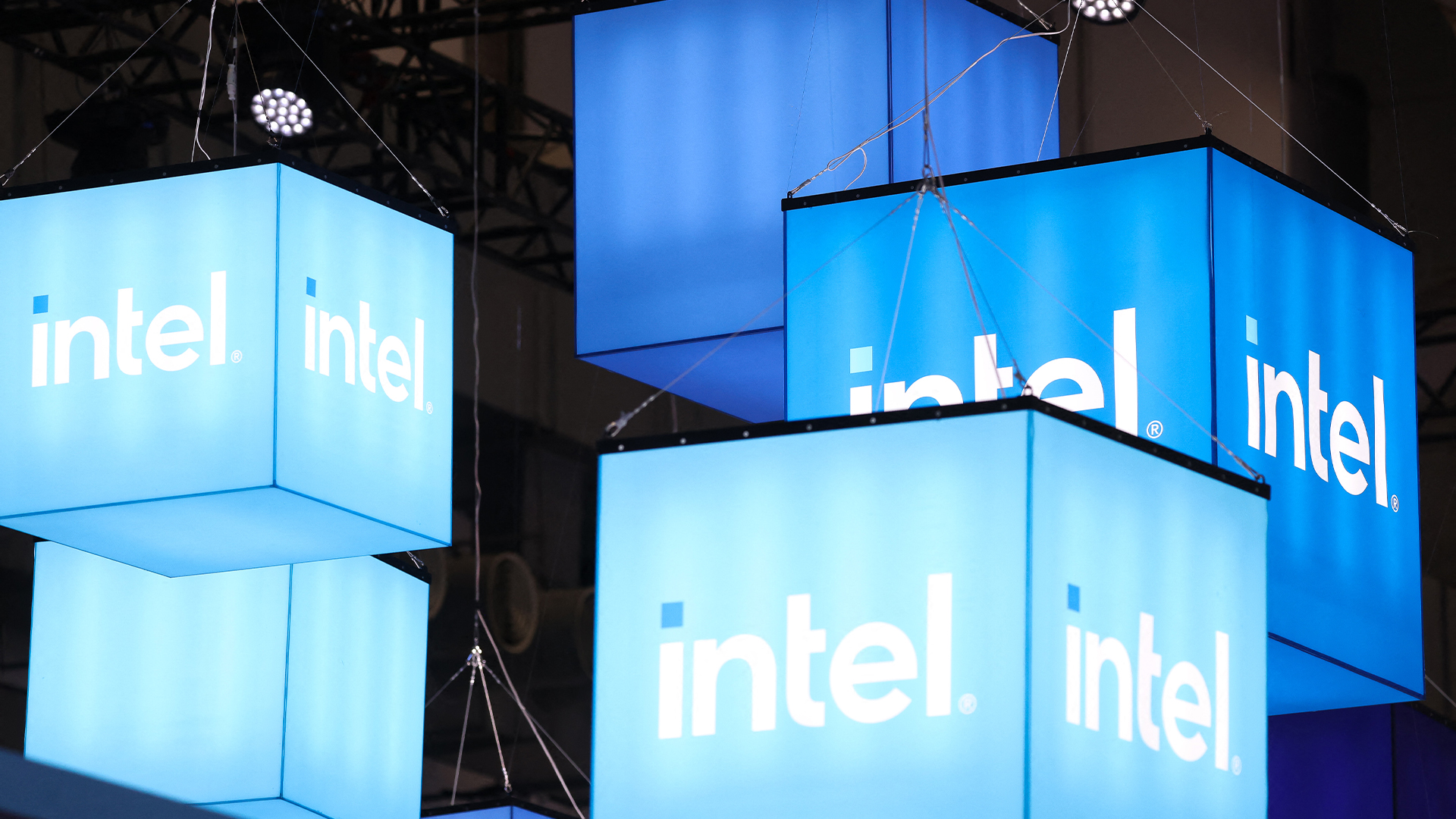 Intel just won a 15-year legal battle against EU
Intel just won a 15-year legal battle against EUNews Ruled to have engaged in anti-competitive practices back in 2009, Intel has finally succeeded in overturning a record fine
By Emma Woollacott
-
 AMD and Intel’s new x86 advisory group looks to tackle Arm, but will it succeed?
AMD and Intel’s new x86 advisory group looks to tackle Arm, but will it succeed?News The pair will look to make x86 CPU architecture more interoperable
By George Fitzmaurice
-
 AMD’s patient roadmap has become a highway to success
AMD’s patient roadmap has become a highway to successAnalysis While everyone was focused on Nvidia’s meteoric rise, AMD was preparing the hardware needed to take the fight to its long-time competitor
By Ross Kelly
-
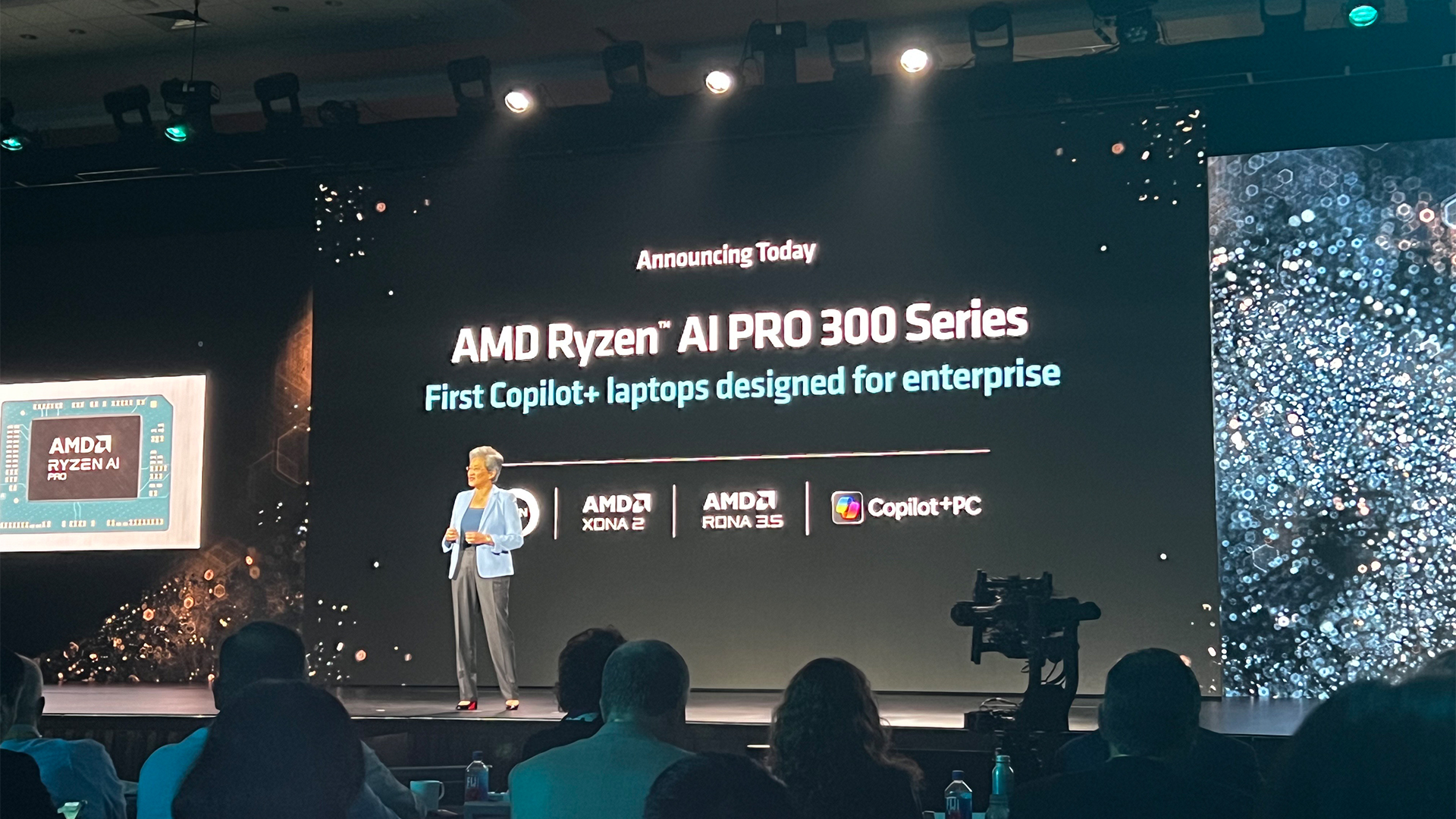 AMD just made a big statement in the AI PC race with its Ryzen AI Pro 300 series processors
AMD just made a big statement in the AI PC race with its Ryzen AI Pro 300 series processorsNews With all eyes focused on the AI PC craze, AMD looks to one-up the competition
By Ross Kelly
-
 AMD’s new Instinct GPUs might just blow Nvidia out of the water
AMD’s new Instinct GPUs might just blow Nvidia out of the waterNews The chip maker unveiled its newest Instinct GPU series in San Francisco today – and it’s very bullish on performance in the race with Nvidia
By Ross Kelly
-
 AMD Advancing AI live: All the news and updates as they happened
AMD Advancing AI live: All the news and updates as they happenedLive Blog ITPro has been live on the ground at the AMD Advancing AI conference in San Francisco this week – here's everything we learned in the big keynote with CEO Lisa Su
By Ross Kelly